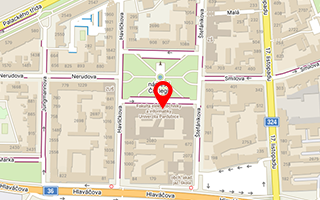Publication detail
Comparison of Floating-point Representations for the Efficient Implementation of Machine Learning Algorithms
Authors:
Mishra Saras Mani | Tiwari Ankita | Shekhawat Hanumant Singh | Guha Prithwijit | Trivedi Gaurav | Pidanič Jan | Němec Zdeněk
Year: 2022
Type of publication: článek ve sborníku
Name of source: 2022 32ND INTERNATIONAL CONFERENCE RADIOELEKTRONIKA (RADIOELEKTRONIKA)
Publisher name: IEEE
Place: NEW YORK
Page from-to: 191-196
